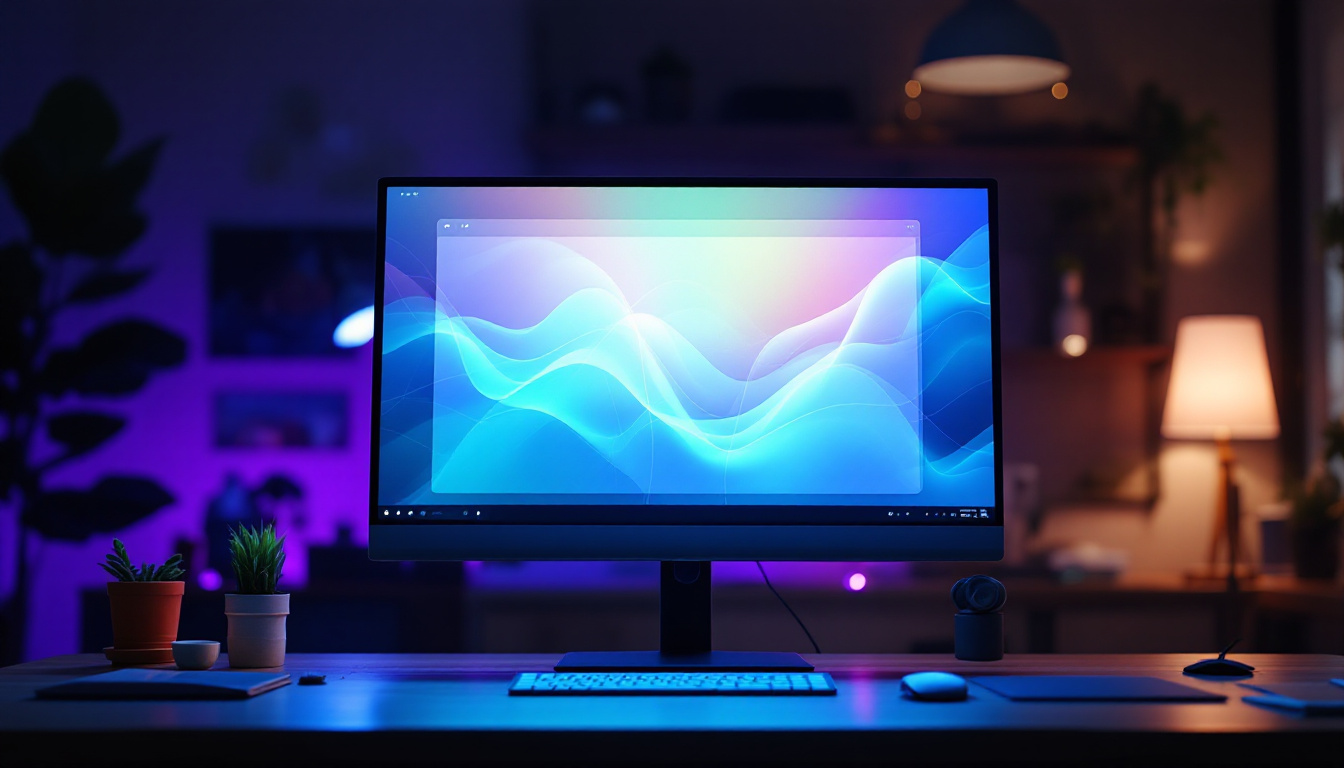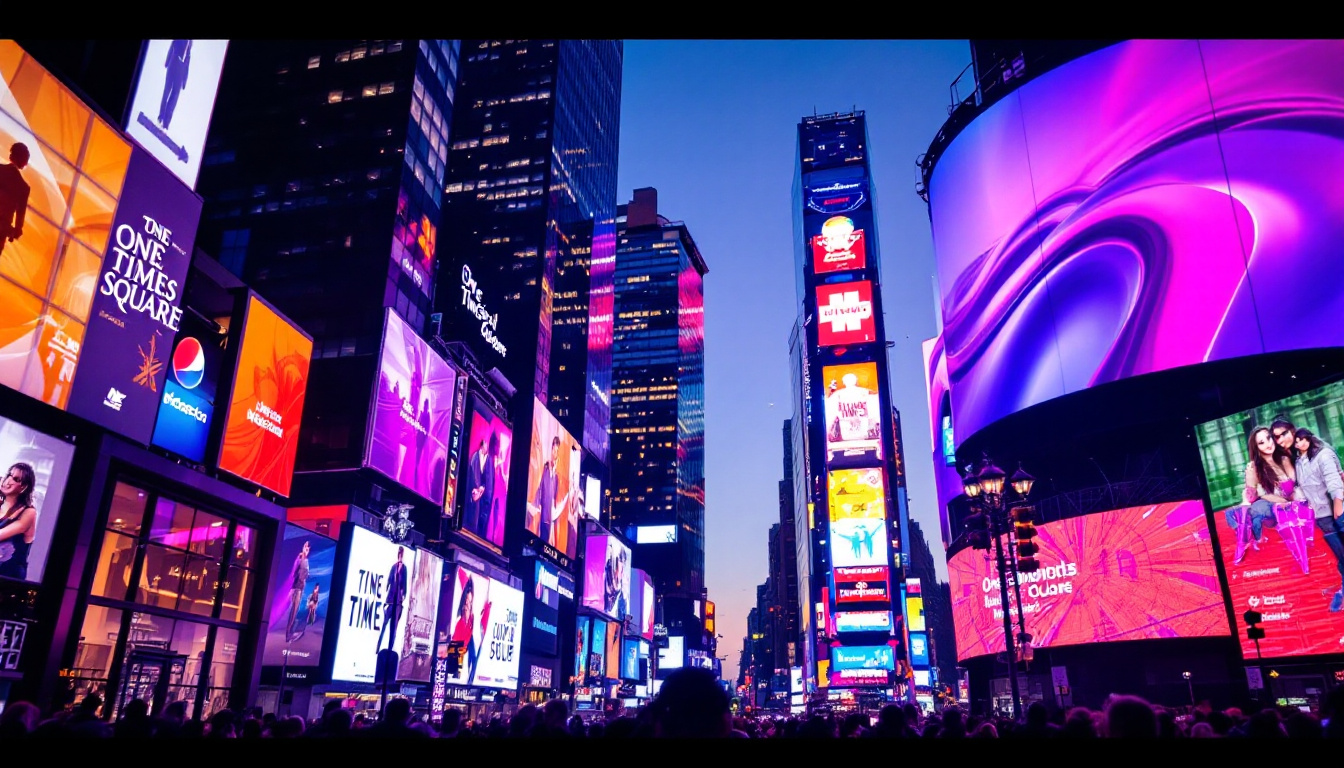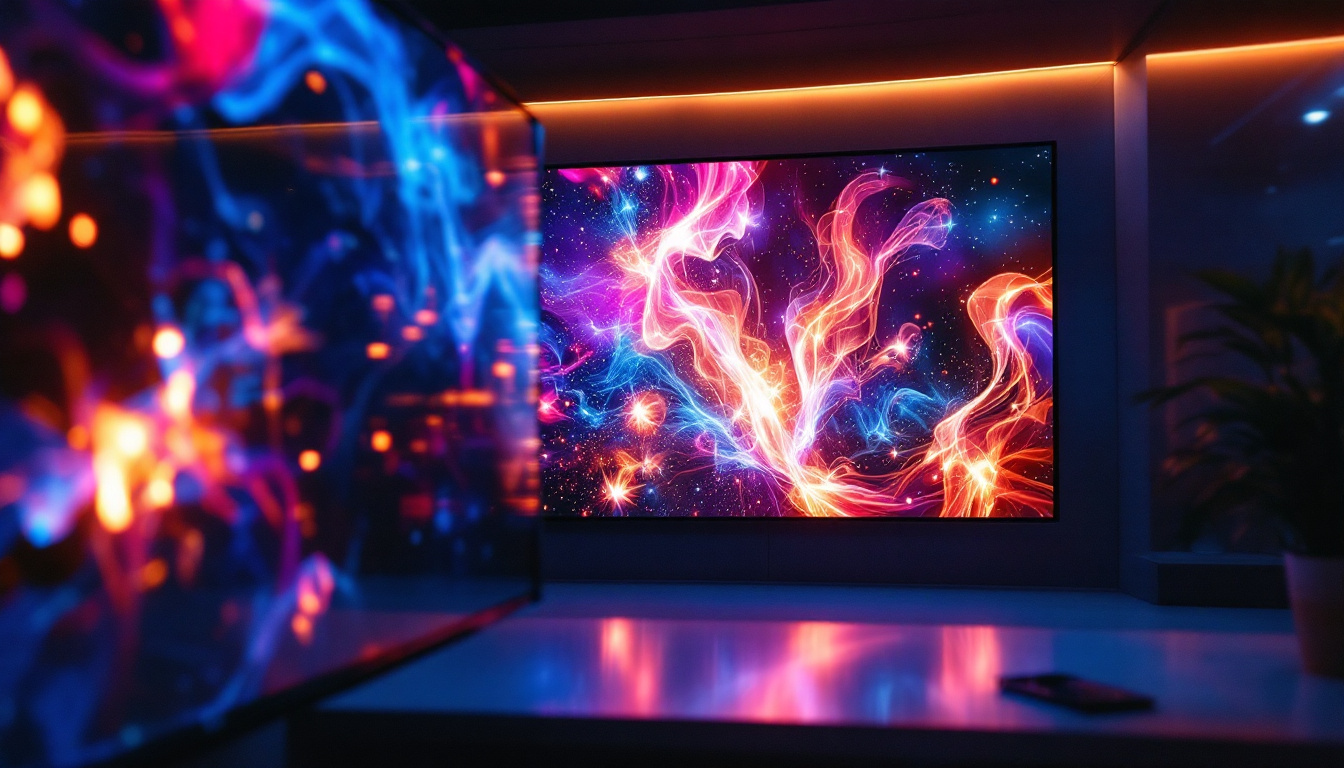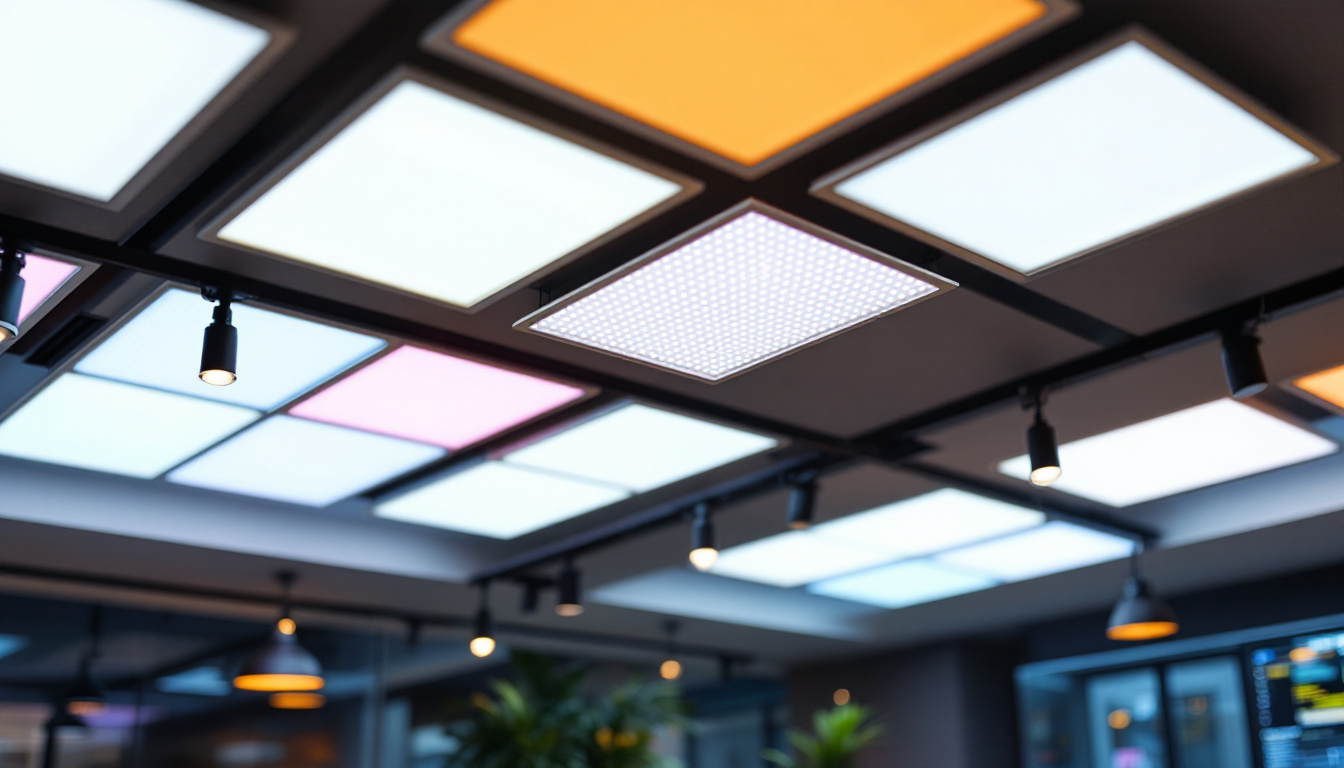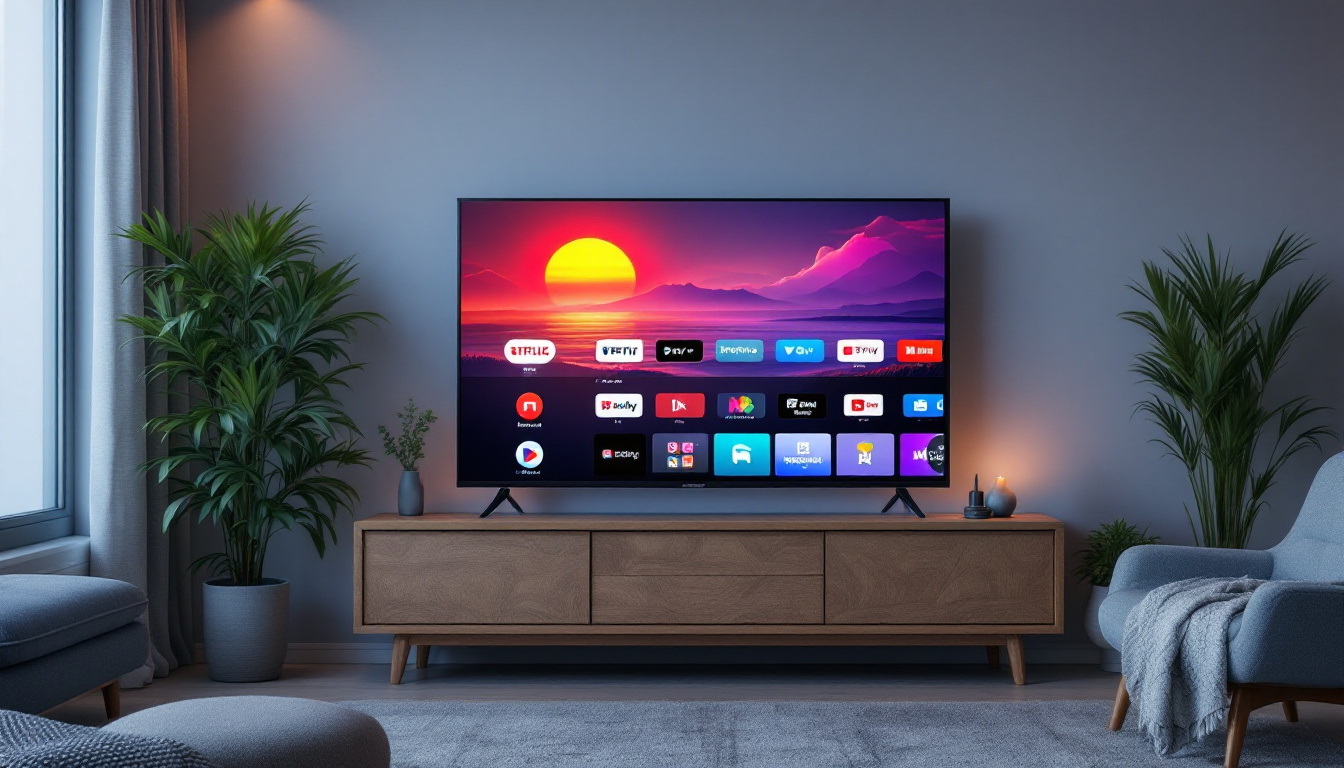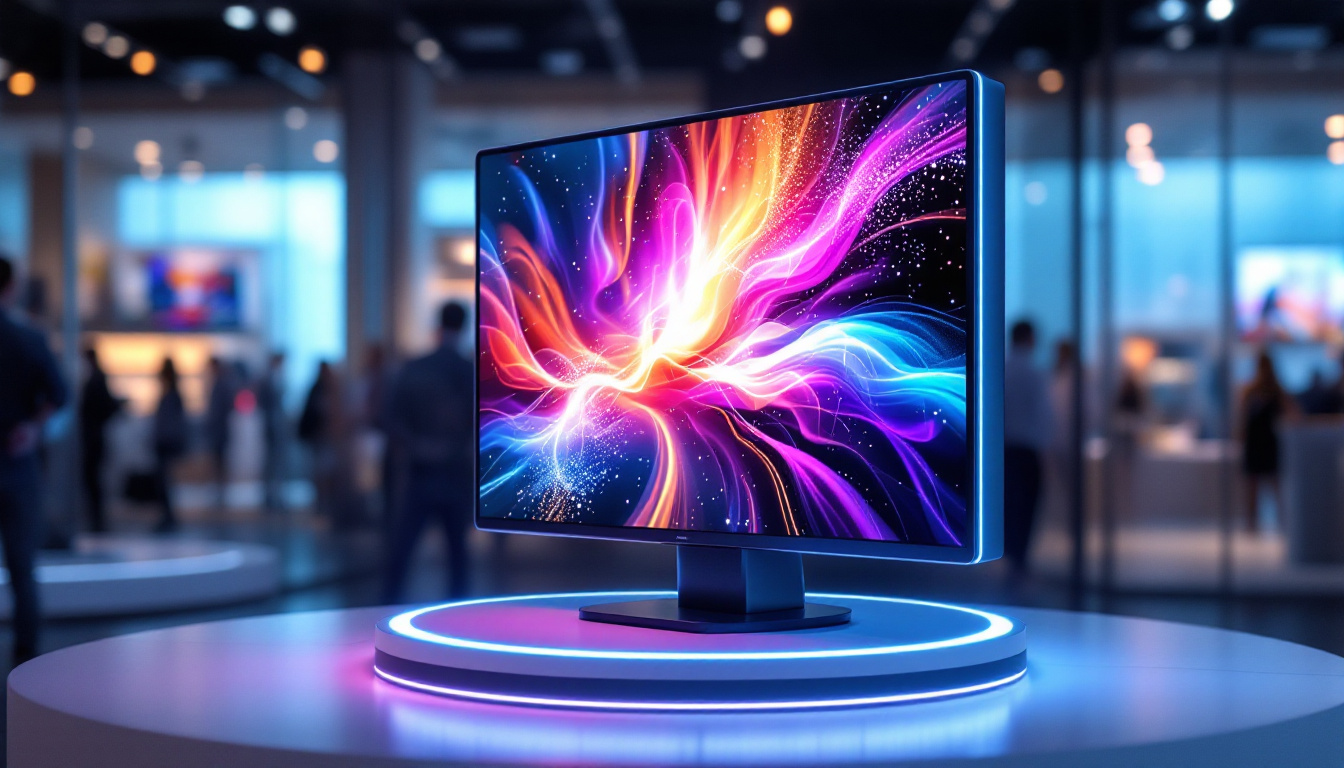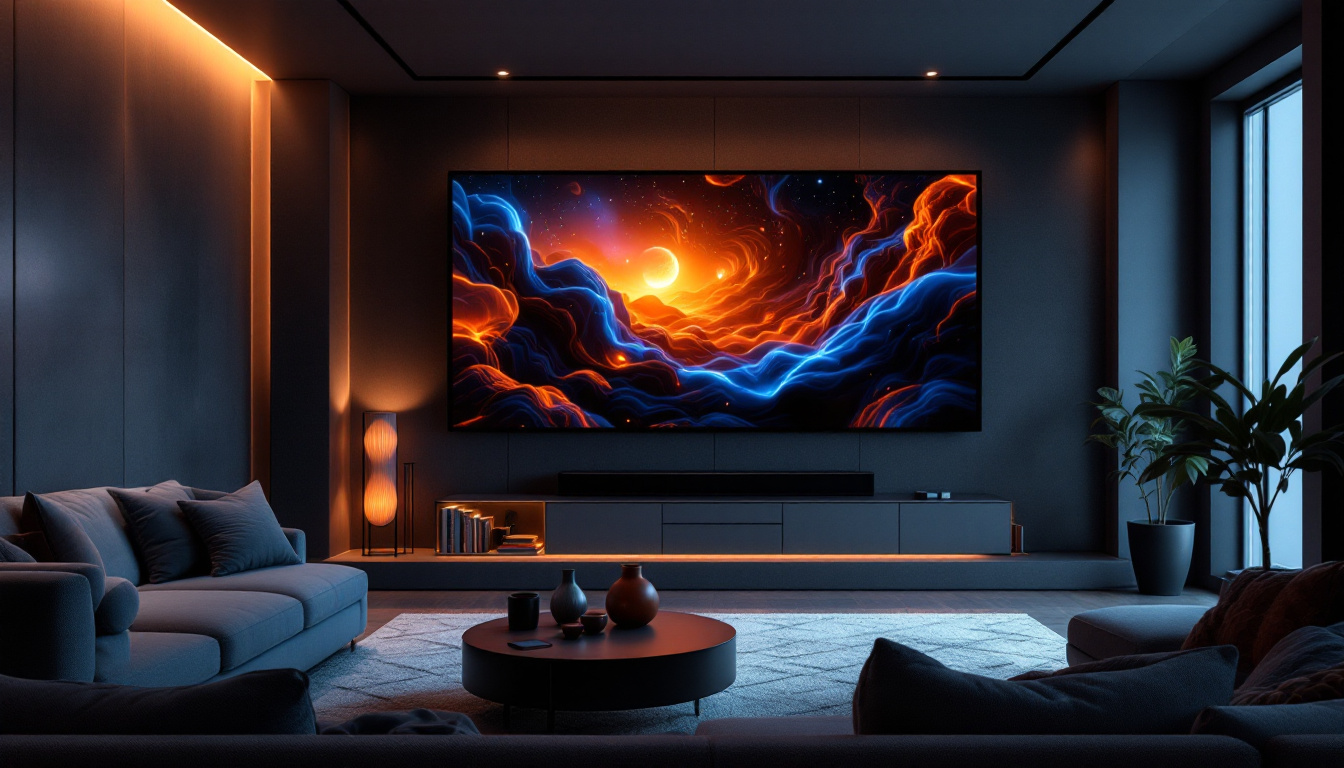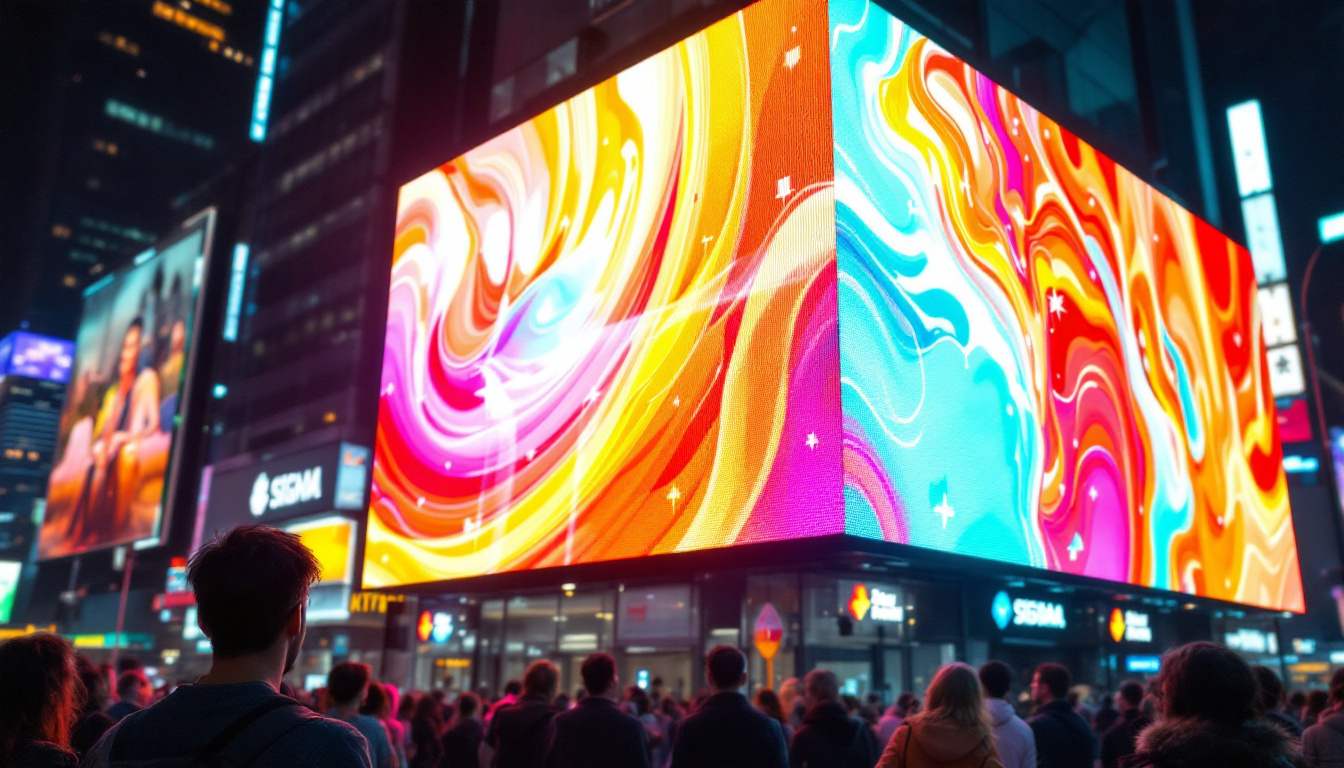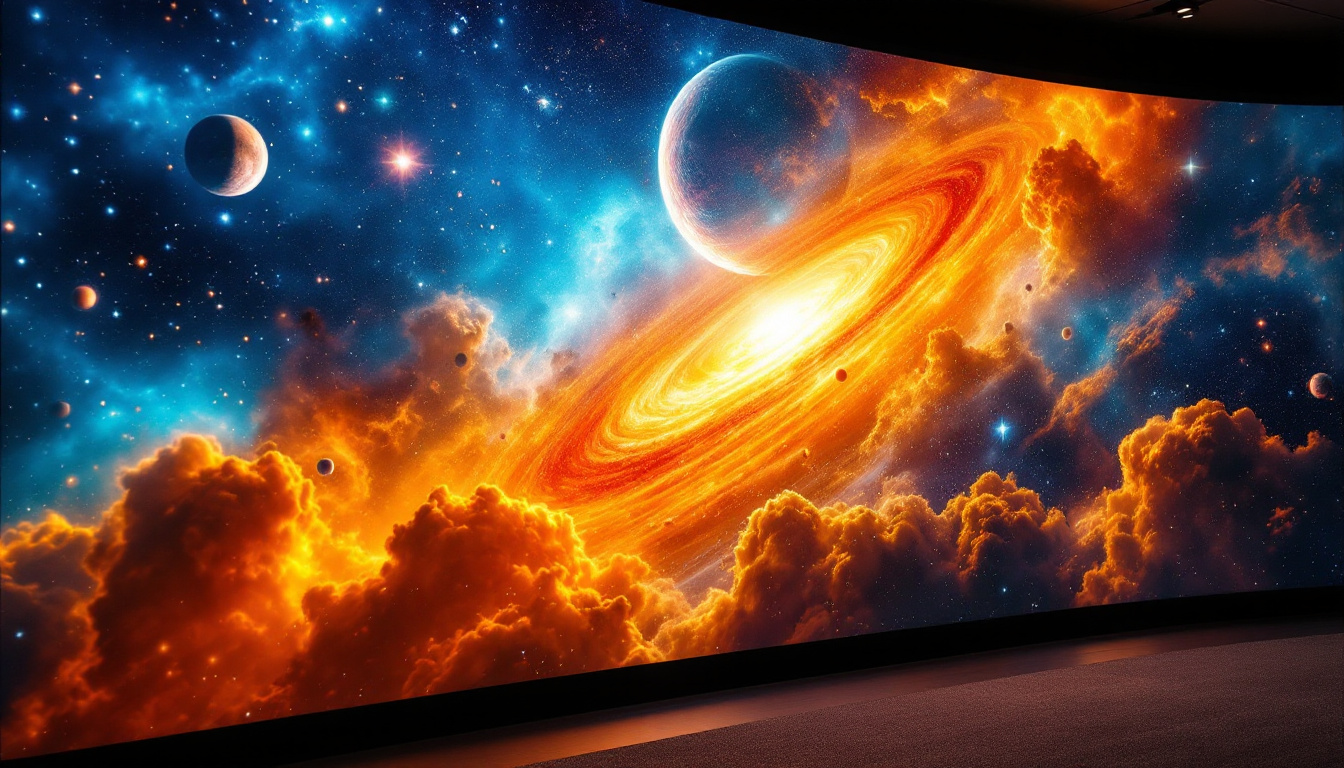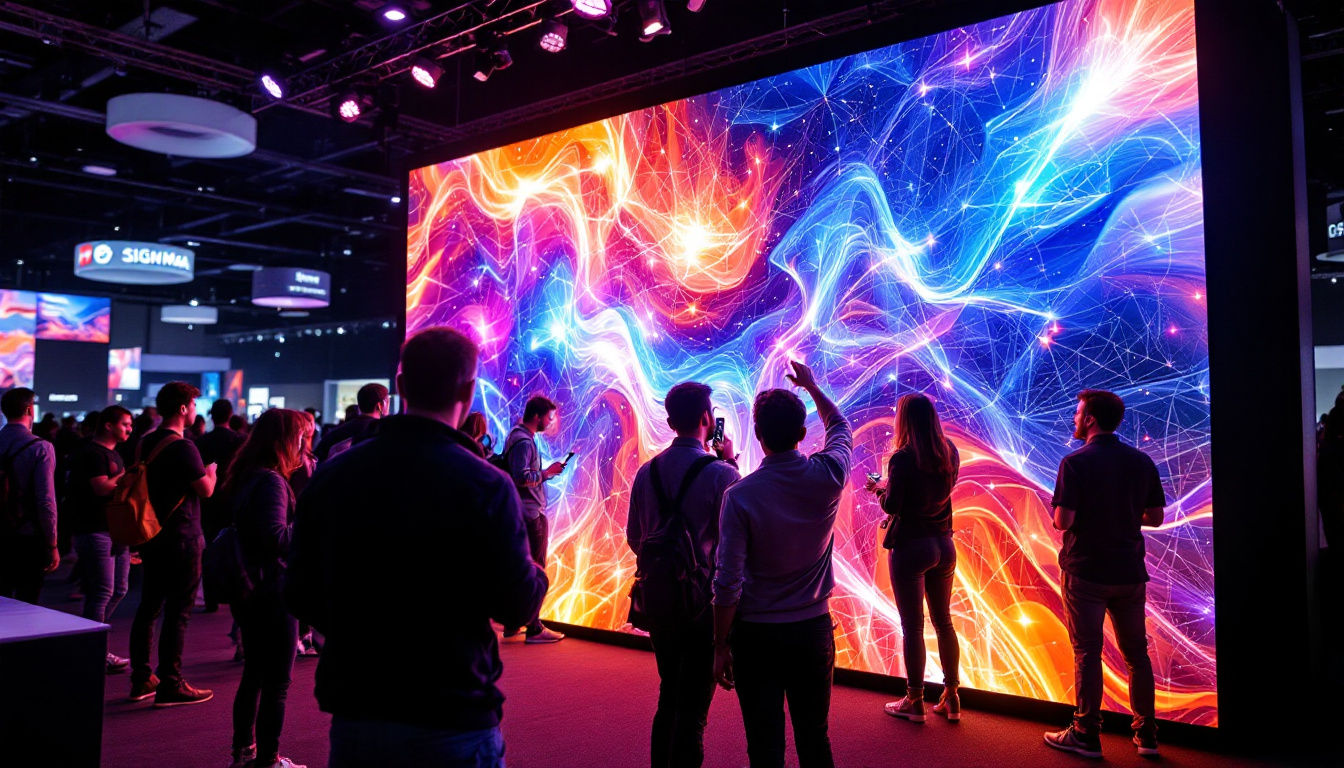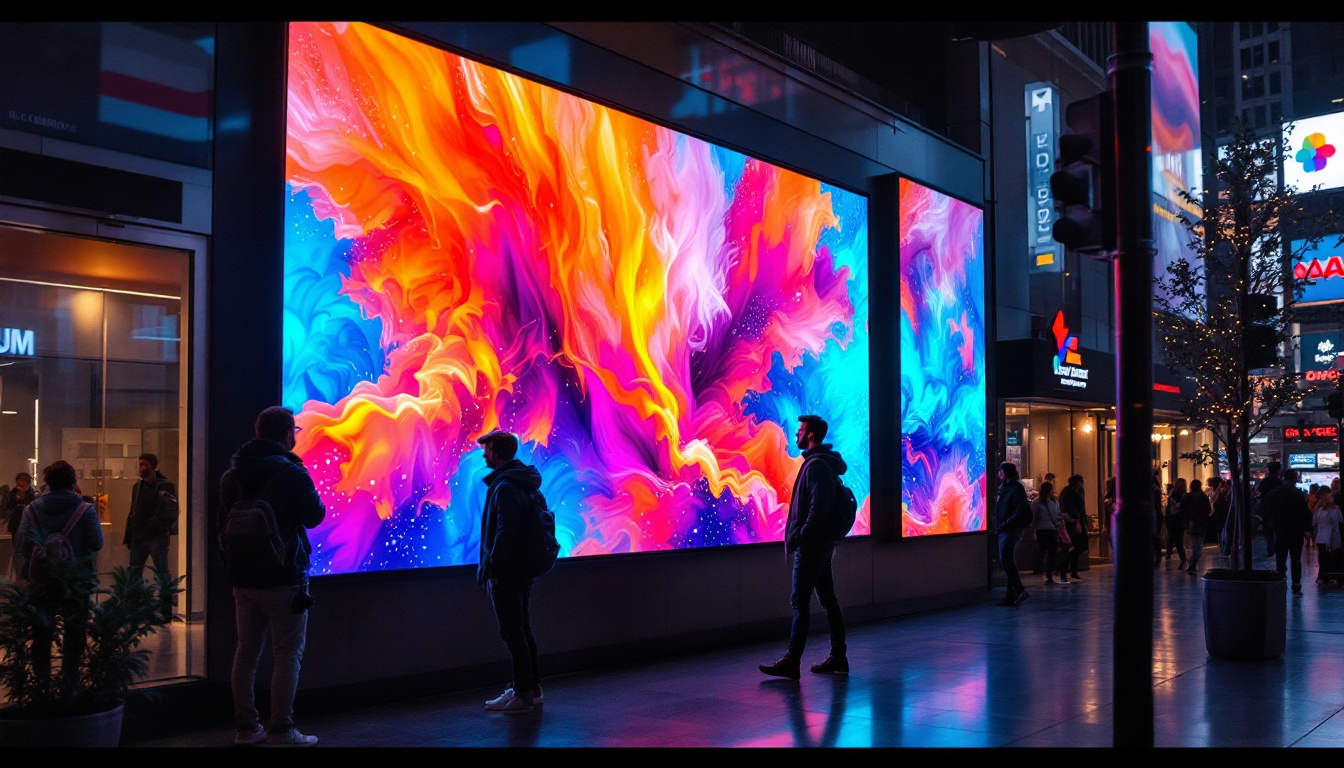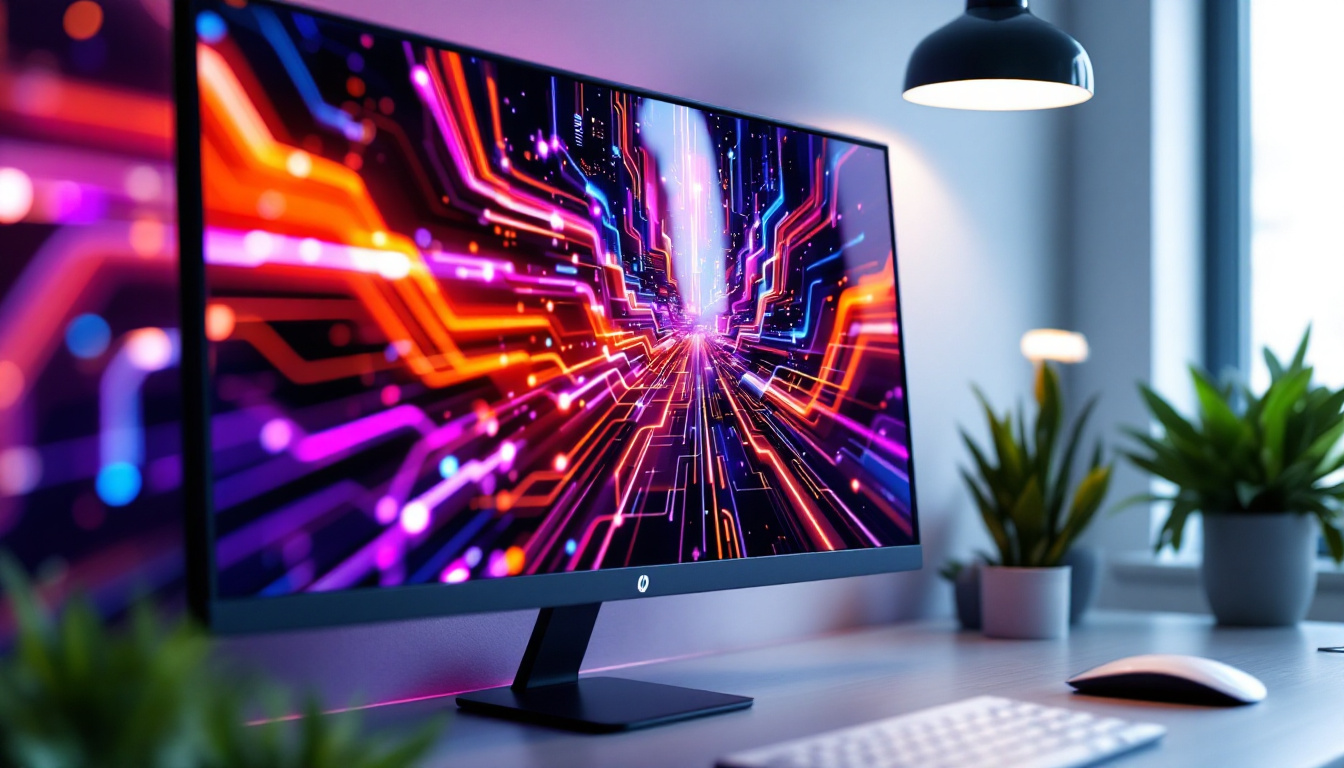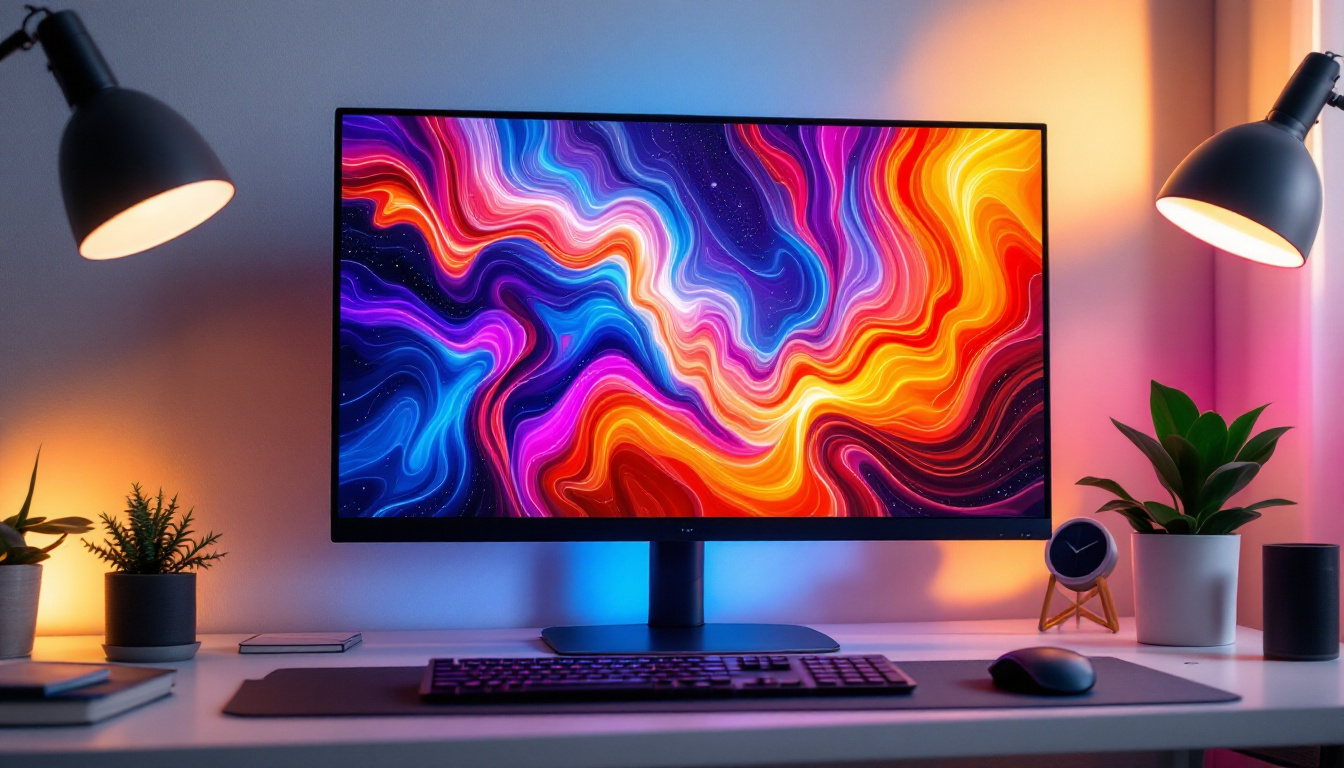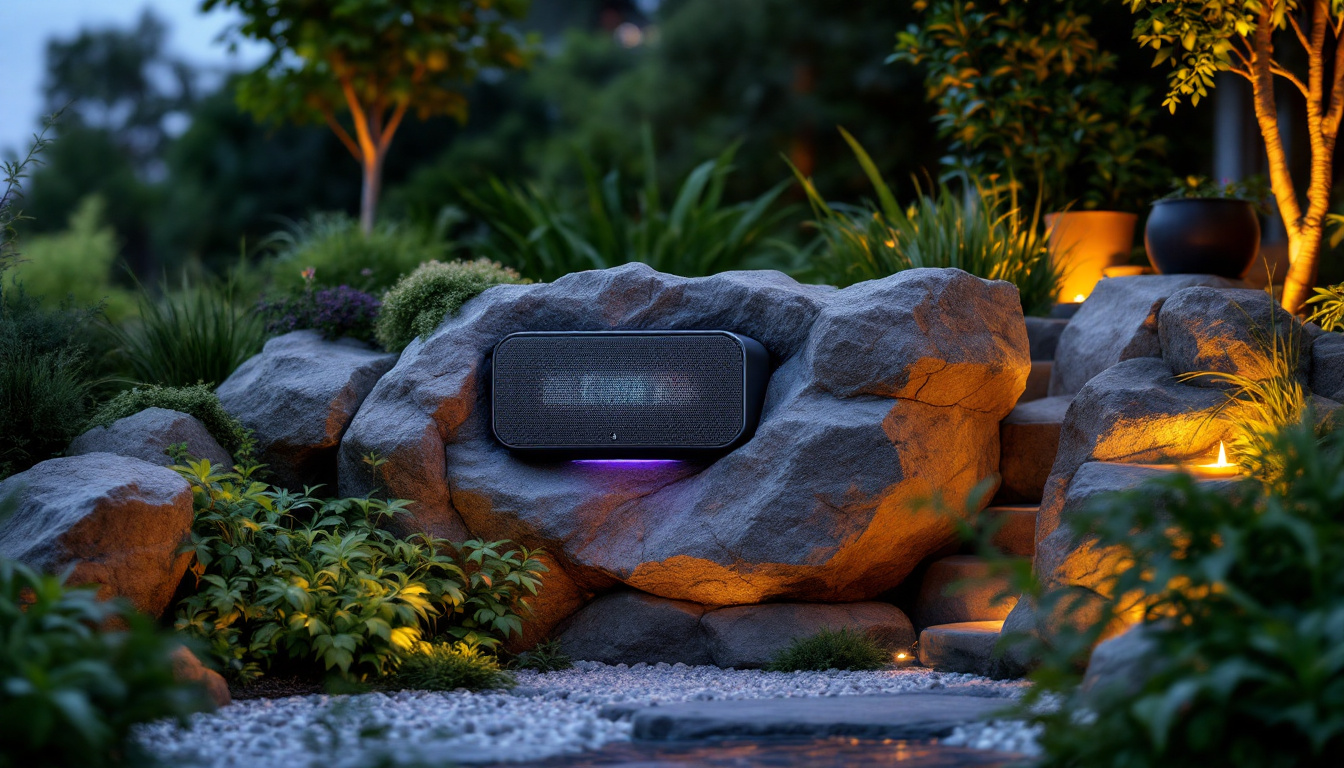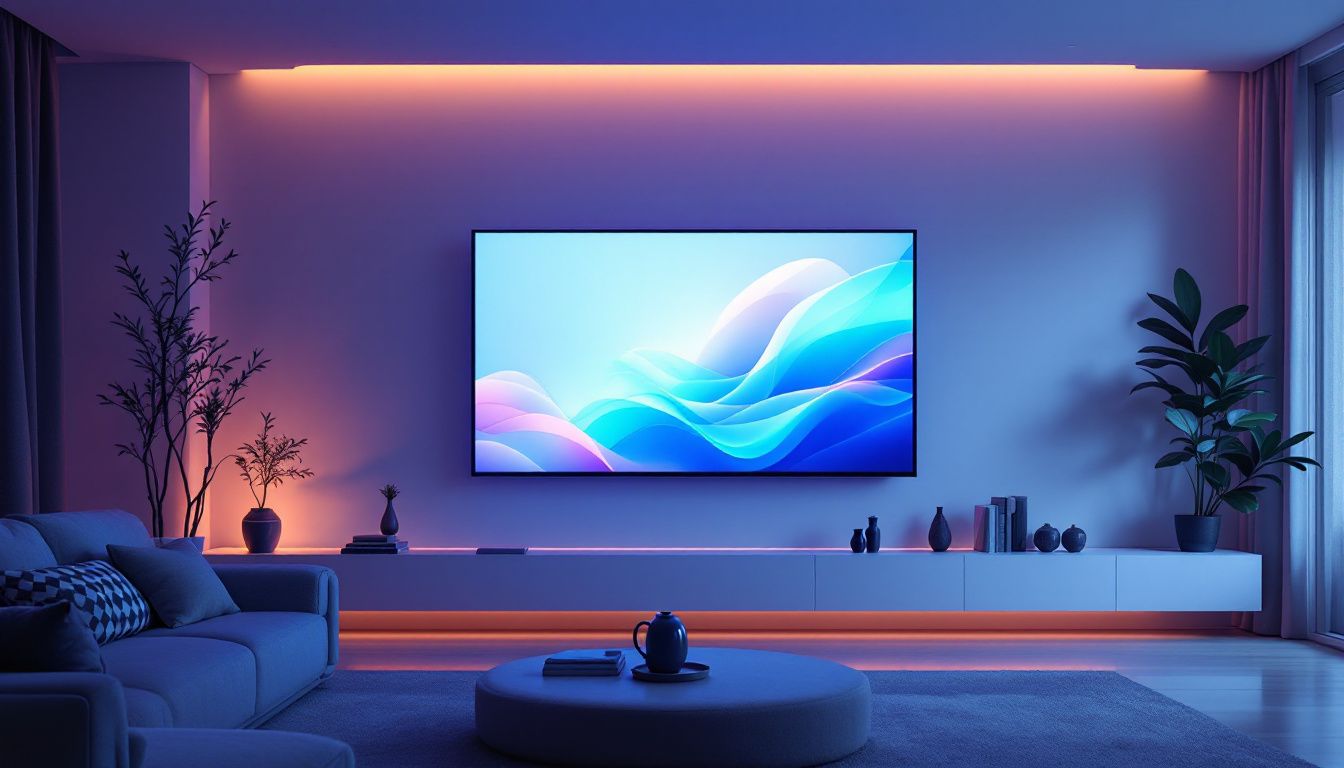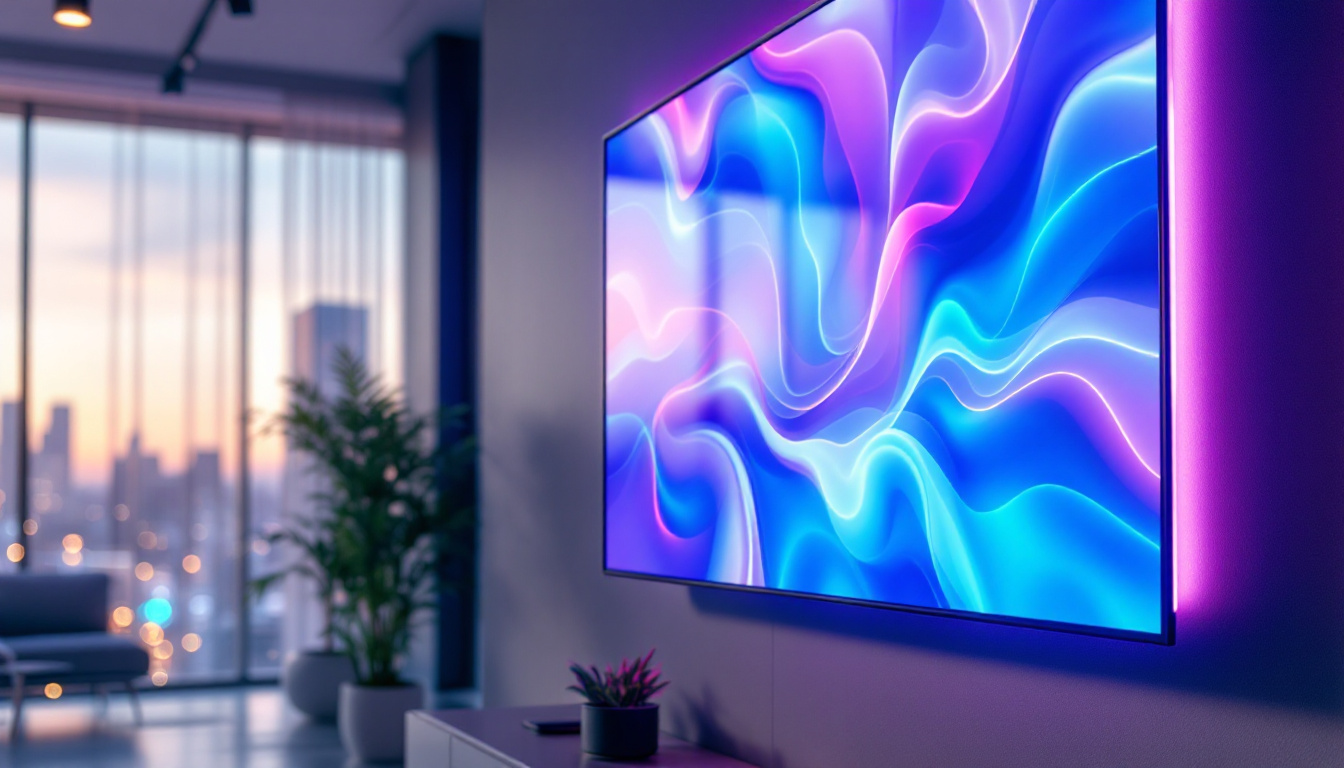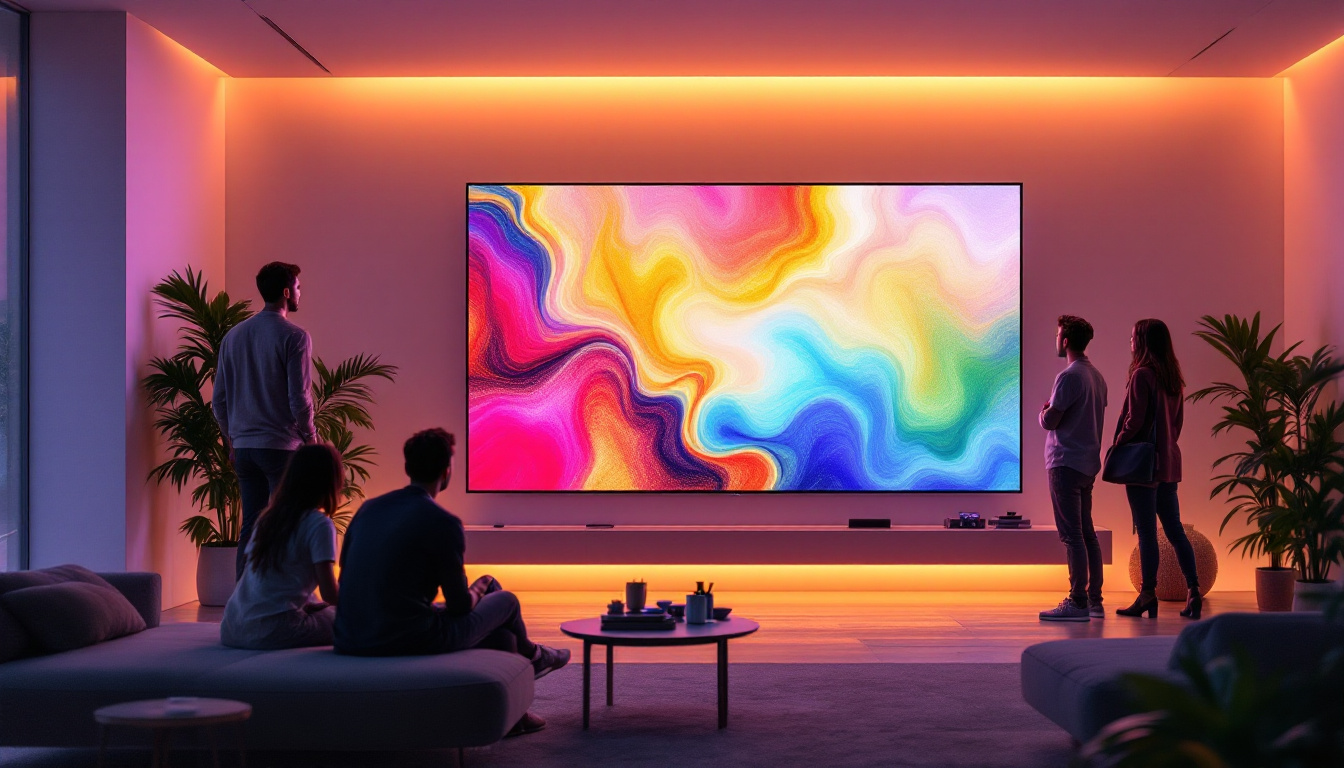In today’s fast-paced digital world, the demand for high-quality display technology has never been greater. Big computer screen monitors, particularly those utilizing LED (Light Emitting Diode) technology, have become increasingly popular among professionals, gamers, and casual users alike. This article delves into the intricacies of LED displays, exploring their advantages, types, and applications, while also comparing them to other display technologies.
Understanding LED Display Technology
LED displays are a type of flat-panel display technology that utilizes light-emitting diodes to produce images. Unlike traditional LCD (Liquid Crystal Display) monitors that rely on fluorescent backlighting, LED displays use an array of tiny diodes to create light and color directly. This fundamental difference leads to several advantages, making LED displays a preferred choice for many users.
How LED Displays Work
At the core of an LED display are the diodes themselves, which emit light when an electric current passes through them. These diodes can be arranged in various configurations, such as edge-lit or full-array, to enhance brightness and color accuracy. In edge-lit displays, LEDs are placed along the edges of the screen, while full-array displays have a grid of LEDs behind the screen, allowing for more uniform lighting and better contrast.
The combination of these diodes with a liquid crystal layer enables the display to produce vibrant colors and sharp images. When a specific voltage is applied, the liquid crystals align in a way that either allows or blocks light from passing through, thus creating the desired image on the screen.
Advantages of LED Displays
LED displays offer numerous benefits over traditional display technologies. One of the most notable advantages is their energy efficiency. LED monitors consume significantly less power than their LCD counterparts, resulting in lower electricity bills and a reduced carbon footprint.
Moreover, LED displays typically provide superior brightness and contrast ratios. This means that images appear more vivid and lifelike, making them ideal for tasks that require precise color accuracy, such as graphic design and video editing. Additionally, LED monitors often have faster response times, which is particularly beneficial for gaming and fast-paced video content.
Types of LED Displays
LED displays come in various types, each designed to cater to specific needs and preferences. Understanding these types can help consumers make informed decisions when selecting a monitor.
Standard LED Monitors
Standard LED monitors are the most common type found in homes and offices. They utilize either edge-lit or full-array backlighting to illuminate the screen. These monitors are versatile and suitable for a wide range of applications, from basic computing tasks to watching movies and playing games.
Standard LED monitors are available in various sizes and resolutions, making them adaptable to different environments. Whether for a small desk or a large conference room, there is likely a suitable option available.
OLED Displays
Organic Light Emitting Diode (OLED) displays represent a significant advancement in display technology. Unlike standard LED monitors, OLED screens do not require a backlight, as each pixel emits its own light. This results in deeper blacks, richer colors, and an overall superior viewing experience.
While OLED displays are often more expensive than traditional LED monitors, they are favored by professionals in fields such as photography and film due to their exceptional color accuracy and contrast ratios.
QLED Displays
Quantum Dot LED (QLED) displays are another variant that has gained popularity, particularly among gamers and home theater enthusiasts. QLED technology uses quantum dots to enhance color and brightness, resulting in stunning visuals. These displays are known for their high peak brightness levels, making them ideal for viewing in well-lit environments.
Although QLED monitors are often pricier than standard LED displays, their performance in terms of color accuracy and brightness makes them a worthy investment for those seeking an immersive viewing experience.
Applications of LED Displays
The versatility of LED displays allows them to be used in a wide array of applications, from professional environments to personal entertainment. Understanding these applications can highlight the importance of choosing the right monitor for specific needs.
Professional Use
In professional settings, LED displays are commonly used for tasks that require precision and clarity. Graphic designers, video editors, and architects often rely on high-resolution LED monitors to ensure that their work is visually accurate. The ability to reproduce colors faithfully is crucial in these fields, making LED technology a popular choice.
Additionally, LED displays are frequently used in business presentations and conferences. Their bright and clear visuals ensure that information is conveyed effectively, even in large rooms with varying lighting conditions.
Gaming
For gamers, the choice of monitor can significantly impact the overall gaming experience. LED displays, particularly those with high refresh rates and low response times, are ideal for fast-paced gaming. The vibrant colors and sharp images produced by LED technology enhance immersion, allowing players to fully engage with their virtual environments.
Moreover, many gaming monitors now feature adaptive sync technologies, such as NVIDIA G-SYNC or AMD FreeSync, which help eliminate screen tearing and stuttering, further improving gameplay quality.
Home Entertainment
LED displays have also transformed the home entertainment landscape. With the rise of streaming services and high-definition content, consumers are increasingly seeking monitors that can deliver exceptional picture quality. LED TVs, which are essentially large LED monitors, provide stunning visuals for movies, TV shows, and gaming.
Many modern LED TVs come equipped with smart technology, allowing users to access streaming services directly from their screens. This integration of technology has made LED displays a central component of modern home entertainment systems.
Comparing LED Displays to Other Technologies
While LED displays have become a popular choice, it is essential to compare them with other display technologies to understand their unique advantages and limitations.
LED vs. LCD
Although LED displays are technically a subset of LCD technology, the distinction lies in the backlighting method. Traditional LCD monitors use fluorescent backlighting, which can result in less vibrant colors and lower contrast ratios compared to LED displays. The energy efficiency of LED monitors also surpasses that of standard LCDs, making them a more environmentally friendly option.
In terms of performance, LED displays generally offer better brightness and color accuracy, making them suitable for a broader range of applications.
LED vs. Plasma
Plasma displays were once a popular choice for large-screen televisions due to their excellent color reproduction and wide viewing angles. However, they have largely been phased out in favor of LED technology. Plasma displays consume more power and are heavier than LED monitors, making them less practical for many consumers.
Additionally, plasma screens are prone to burn-in, where static images can become permanently etched onto the screen. LED displays, on the other hand, do not suffer from this issue, making them a more reliable option for varied content consumption.
LED vs. CRT
Cathode Ray Tube (CRT) monitors were the standard for many years, but they have become obsolete with the advent of flat-panel technology. CRTs are bulky, heavy, and consume significantly more power than LED displays. While CRTs may have offered superior color accuracy in some cases, the advancements in LED technology have far surpassed their capabilities.
LED displays are lighter, thinner, and provide a more immersive viewing experience, making them the clear choice for modern users.
Choosing the Right LED Monitor
With a plethora of options available, selecting the right LED monitor can be daunting. However, by considering specific factors, consumers can make a more informed decision tailored to their needs.
Screen Size and Resolution
The size and resolution of a monitor are critical factors to consider. Larger screens provide a more immersive experience, particularly for gaming and multimedia consumption. However, the ideal size often depends on the available space and viewing distance.
Resolution is equally important, with options ranging from Full HD (1920×1080) to 4K (3840×2160) and even 8K (7680×4320). Higher resolutions deliver sharper images, making them ideal for tasks that require precision, such as graphic design and video editing.
Refresh Rate and Response Time
For gamers, refresh rate and response time are crucial specifications. A higher refresh rate, measured in hertz (Hz), results in smoother motion and reduces motion blur. A response time of 5 milliseconds or lower is generally recommended for gaming to ensure that fast-moving images are rendered clearly.
For everyday use, such as browsing the web or working on documents, these specifications may be less critical, but they can still enhance the overall experience.
Connectivity Options
Modern monitors come equipped with various connectivity options, including HDMI, DisplayPort, USB-C, and VGA. Ensuring that a monitor has the appropriate ports for compatibility with existing devices is essential. Additionally, some monitors offer built-in USB hubs, which can be convenient for connecting peripherals.
Future of LED Display Technology
The future of LED display technology looks promising, with ongoing advancements aimed at improving performance and user experience. Innovations such as MicroLED and MiniLED are on the horizon, promising even better color accuracy, contrast ratios, and energy efficiency.
MicroLED Technology
MicroLED technology utilizes microscopic LEDs to create individual pixels, resulting in exceptional brightness and color performance. This technology has the potential to revolutionize display quality, offering deeper blacks and a wider color gamut than traditional LED displays.
MicroLED displays are also modular, allowing for customizable screen sizes and shapes, making them suitable for a variety of applications, from home theaters to commercial displays.
MiniLED Technology
MiniLED technology is another exciting development that enhances the backlighting of traditional LED displays. By using smaller LEDs for backlighting, MiniLED monitors can achieve better local dimming and contrast ratios, resulting in improved picture quality.
This technology is particularly beneficial for HDR (High Dynamic Range) content, allowing for a more dynamic range of colors and brightness levels, thus enhancing the overall viewing experience.
Conclusion
Big computer screen monitors equipped with LED display technology have transformed the way users interact with digital content. From their energy efficiency and vibrant visuals to their versatility across various applications, LED displays are a testament to the advancements in display technology.
As consumers continue to seek high-quality monitors for professional, gaming, and entertainment purposes, understanding the nuances of LED technology becomes increasingly important. By considering factors such as screen size, resolution, refresh rate, and connectivity options, individuals can make informed decisions that best suit their needs.
With the future of LED technology promising even greater innovations, the journey of display technology is far from over. As new advancements emerge, users can look forward to an even more immersive and visually stunning digital experience.
Discover LumenMatrix’s Innovative LED Displays
Ready to elevate your visual experience with the latest in LED display technology? Look no further than LumenMatrix, a pioneer in crafting LED displays that bring your content to life. Whether you’re in need of an Indoor LED Wall Display for a corporate event, an Outdoor LED Wall Display for advertising, or any of our specialized solutions like Vehicle LED Displays, LED Sports Displays, and Custom LED Displays, LumenMatrix has you covered. Our mission is to revolutionize your visual storytelling with displays that captivate and engage. Check out LumenMatrix LED Display Solutions today and transform the way you share your message with the world.

